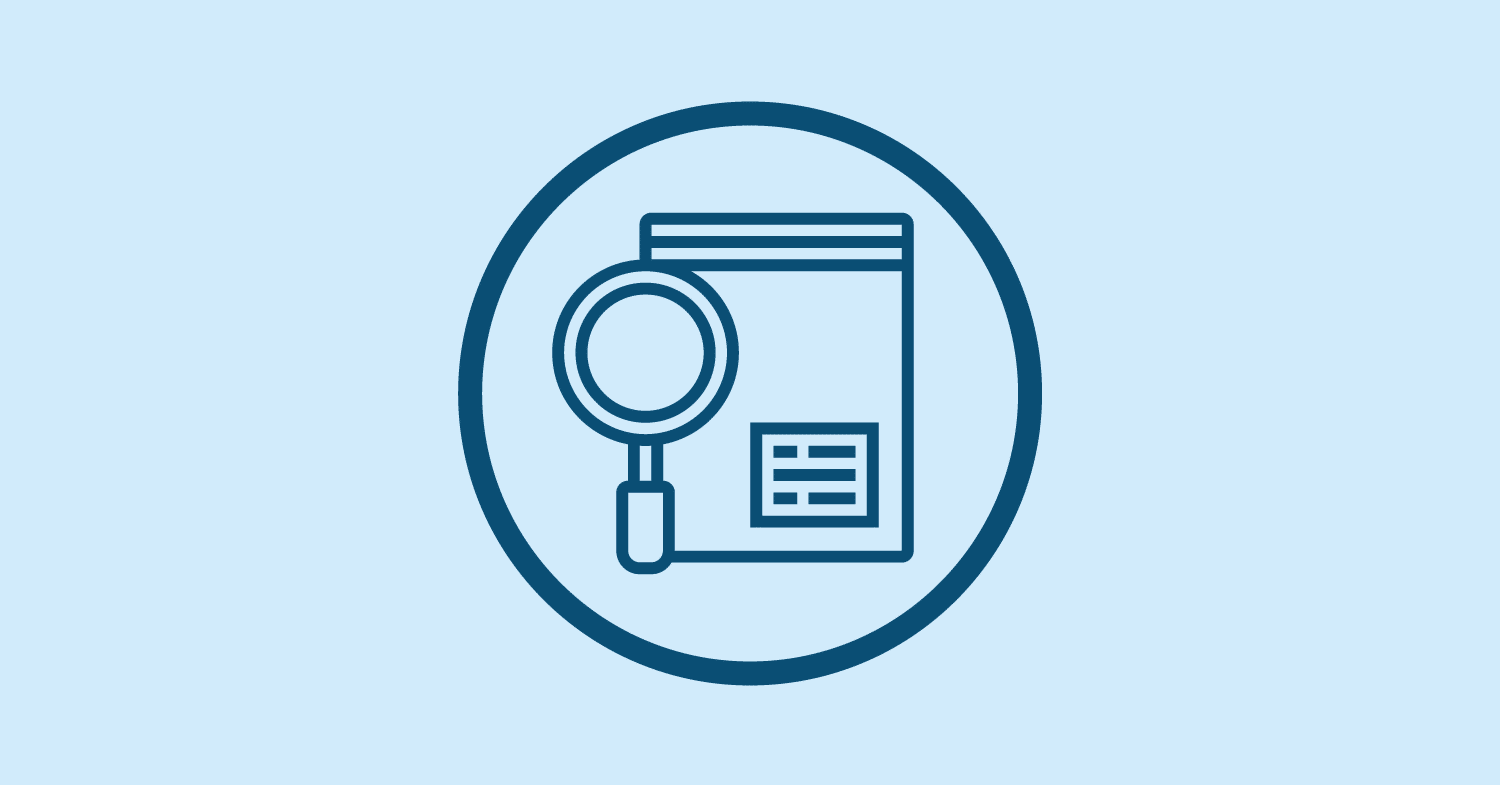Has your insurance company asked you, “What is your evidence of insurability?”
EOI, or evidence of insurability, is a list of a person’s recent and past medical incidents. Insurance companies use it to determine if a person satisfies the criteria for good health.
But what’s the evidence of insurability process? Can the evidence of insurability be denied? How do you get the evidence of insurability? Read on to find answers to all these questions, including evidence of insurability examples.
Contents
What is evidence of insurability?
For certain types of insurance, health insurance providers require evidence of insurability, or EOI, which is proof of excellent health.
Different EOI criteria apply depending on the insurer and the type of insurance a client requests. It could be as simple as providing a more thorough health history than the general insurance questionnaire. Or it could require tangible proof of additional tests or examinations performed by a qualified doctor or expert.
EOI is necessary because it provides insurers with the data to estimate the increased risk of giving insurance coverage to applicants who did not follow the prescribed procedure or are asking for additional coverage.
How to get evidence of insurability?
The evidence of insurability process EOI is a step in the application procedure for insurance. If you want to know whether you are insurable (a reasonable risk), you must fill out an EOI form.
When submitting an EOI, you must include your gender, height, weight, smoking status (if applicable), and physical condition and answer a few brief health-related questions.
A medical underwriter examines your application to ascertain if you fulfill the insurer’s acceptance standards for the required amount of insurance.
The health data provided on the EOI form alone can handle many group applications. It could be necessary to pass a paramedical exam to finish the application process. Exams can be completed at home and are free of charge.
A medical history questionnaire, pulse, and blood pressure measurements are all part of the fundamental paramedical assessment. The evaluation could involve specialized tests such as EKG, urine, and blood tests.
As soon as the insurance company has all the information, they’ll swiftly review it and let you know the underwriting outcome. At this stage, you must ask, “what is gross negligence?” the insurer will approve your insurance guided by the law on gross negligence. Otherwise, the insurance policy will be void.
Evidence of insurability example
Providing proof of insurability may be necessary:
- When an employee submits a claim for contributory insurance more than 31 days after first being qualified to do so
- When an employee who is eligible for contributing dependent coverage does so after the first 31 days have passed
- When an employee purchases or increases their optional term life insurance owing to a qualifying occurrence, such as their illness or a close relative
- For requests for insurance coverage that goes over the assured coverage cap for the group–for instance, if the employer stipulates that each employee will be given life insurance coverage equal to two times their base income, and the employee demands additional insurance coverage above that amount, insurance providers can under any circumstances, provided that the carrier has a justification for asking such documentation, request an EOI.
For instance, if an employee is 55 years or older, the insurance provider may ask that each employee in this age group complete an EOI. Additionally, the insurance provider will request an EOI before providing a higher coverage level if it has grounds to suspect that the employee is attempting to use the system due to a recent illness or accident.
The insurance company will want to know the basis for requests for additional coverage after 31 days of eligibility. The insurance provider may not raise the employee’s insurance coverage if the employee finds out that they have an illness that will significantly shorten their lifespan.
Evidence of insurability denied
Insurance companies use EOI throughout the underwriting process to determine how dangerous it is to insure a candidate. An EOI application might not be granted coverage if an underwriter decides the profit from an especially dangerous individual is not worth the risk of insuring them.
If the insurer finally declines to provide you with additional coverage, you have the right to file a written appeal with the decision, outlining why the insurer shouldn’t have turned down your request.
In this case, you should get a lawyer that uses law firm communication management software to facilitate smooth remote communication. These lawyers are efficient and use DocuSign for law firms, streamlining your signing and sharing of documents.
The lawyer will use the matter management software to enhance your collaboration and standardize processes and prevent data. With facts about your health, the attorney can be sure to win the case for you.
Get your evidence of insurability today!
If you have excellent health, your insurer will not hesitate to provide evidence of insurability when needed. To help your insurer reach a more favorable judgment, you can also give them extra medical documentation.
However, if the insurer denies you evidence of insurability and you are convinced you deserve it, you can get a lawyer to fight for your rights in court. Fortunately, lawyers can use a lot of software today to streamline the justice process.
To enjoy this software, lawyers can request a demo with CloudLex and see how the technologies can streamline their matter management.

